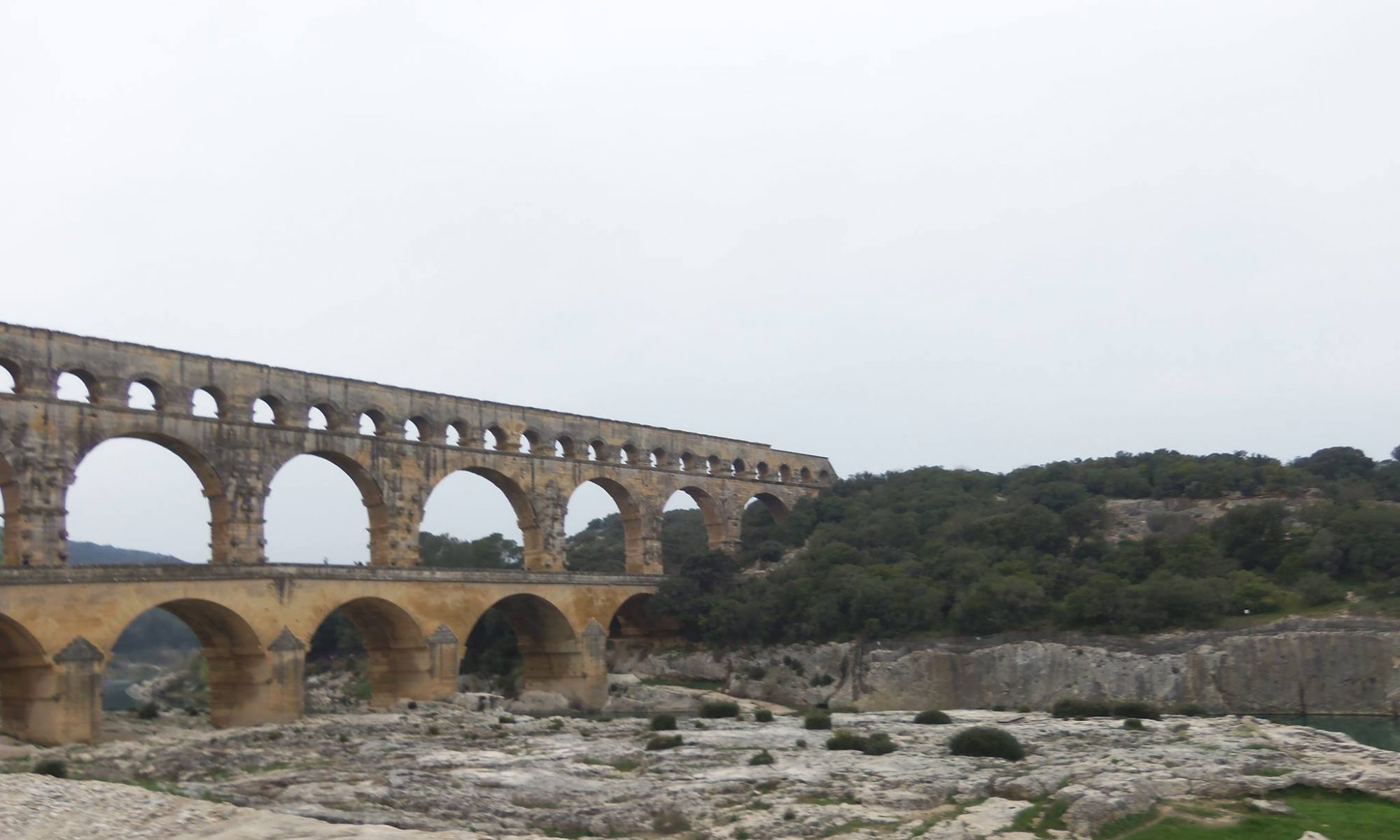The digital tool I looked into is called Palladio which is a program used to organize data and display it in a visual manner. It was a collaborative project created by a number of people which include Dan Edelstein, Nicole Coleman, Ethan Jewett, Eliza Wells, Giorgio Caviglia, and Mark Braude. An earlier version of it was created in 2009, and with the help of various grants such as the NEH Implementation Grant the creators were able to build it into the Palladio tool it is today. Agencies such as The National Endowment for the Humanities agency, CESTA, and the Stanford Libraries also helped in the creation of the project.
Palladio is a program that a historian or researcher can use as a way to visually see data and how it is connected. There are several different ways that data can be displayed so that a person can see the results from a number of different views. The first way is a map view where you can see how data such as places are related or connected to other places. An example of this would be having a list of people and showing where they were born and where they died. Another view is the graph view which connects the data being analyzed based on how it is organized. The website’s example is how people in various classes were connected to other classes by the people they knew. Some other display styles are a table view which can be used to organize all the data and a gallery so the subjects can be quickly found.
The tool is mainly used for the study of how certain items are connected. It could be used to see how people were connected to other people or places across the world. Another way could be how certain items such as commodities were connected to places or even people. It is a tool created so that researchers and historians can visually see how the data they have gathered for their research is connected so that they can answer questions or ask new ones.
The many ways that it can show data is one of its main strengths and makes it a valuable digital tool for historians. Researchers who are working with sources that contain a lot of information that has similarities and can be categorized will find this program useful in seeing patterns that might be missed when just reading it. Being able to see the data being studied in a variety of ways can help in asking new research questions that one might not have thought about before. Using spreadsheets to keep track of large amounts of information is useful for remembering certain details when dealing with it in large quantities. Adding those spreadsheets into a program that can display it as a picture gives you another way of looking at the data which can be refreshing after looking at that data from a certain view for a long time. Palladio’s greatest strength is that it can present data in a more visual way with different visual types to choose from.
Palladio also has a lot of weaknesses that need to be addressed. The tool, I feel, is targetted towards graduate students and researchers rather than undergraduate students or the general public. It is very narrow in its purpose in that it is only for visually displaying data which can be a negative thing because the only people who will be using it are higher level researchers. I feel like not a whole lot of people will use it due to its narrow focus and complexity.
For someone who is not great with computers, creating spreadsheets, and organizing data it can be very complicated to understand how to use. It also is not very useful to everyone such as someone who does not have access to a lot of primary sources to gather the data or people who are doing research on topics where graphable data is not really necessary. There are help links on the website which are not useful for someone wanting to learn how to efficiently use the program. There is a tutorial and frequently asked questions page which can help answer some questions but maybe not all of them. There are some videos on YouTube and other websites with tutorials that might be more useful than the actual site on how to properly use the program.
The current version of Palladio came from the program that was used to create a project called Mapping the Republic of Letters. That project is about the network of correspondents that scientists had before modern technology and how wide it actually was. The only other projects I could find that used this tool were testimonials that graduate students did or are currently doing on the site’s testimonial page. The testimonies did not have the full projects on them but a sample of the research they were doing so that the reader could get a sense of what they were researching. Though this digital tool may not be widely used by all historians, it is still a useful program to help facilitate research that has a lot of data and present it in an interesting visual way.
If you are interested in checking out Palladio and want to try it out click here.

Thanks Maegan. This is a fair account of the strengths and weaknesses of Palladio. You are correct that it is only really useful for a narrow group of researchers with digital historical data. That said, some tools are important because they are very powerful for particular researchers and not every digital tool is created for a public audience. One final note, centre justify makes it more difficult to read a blog post.